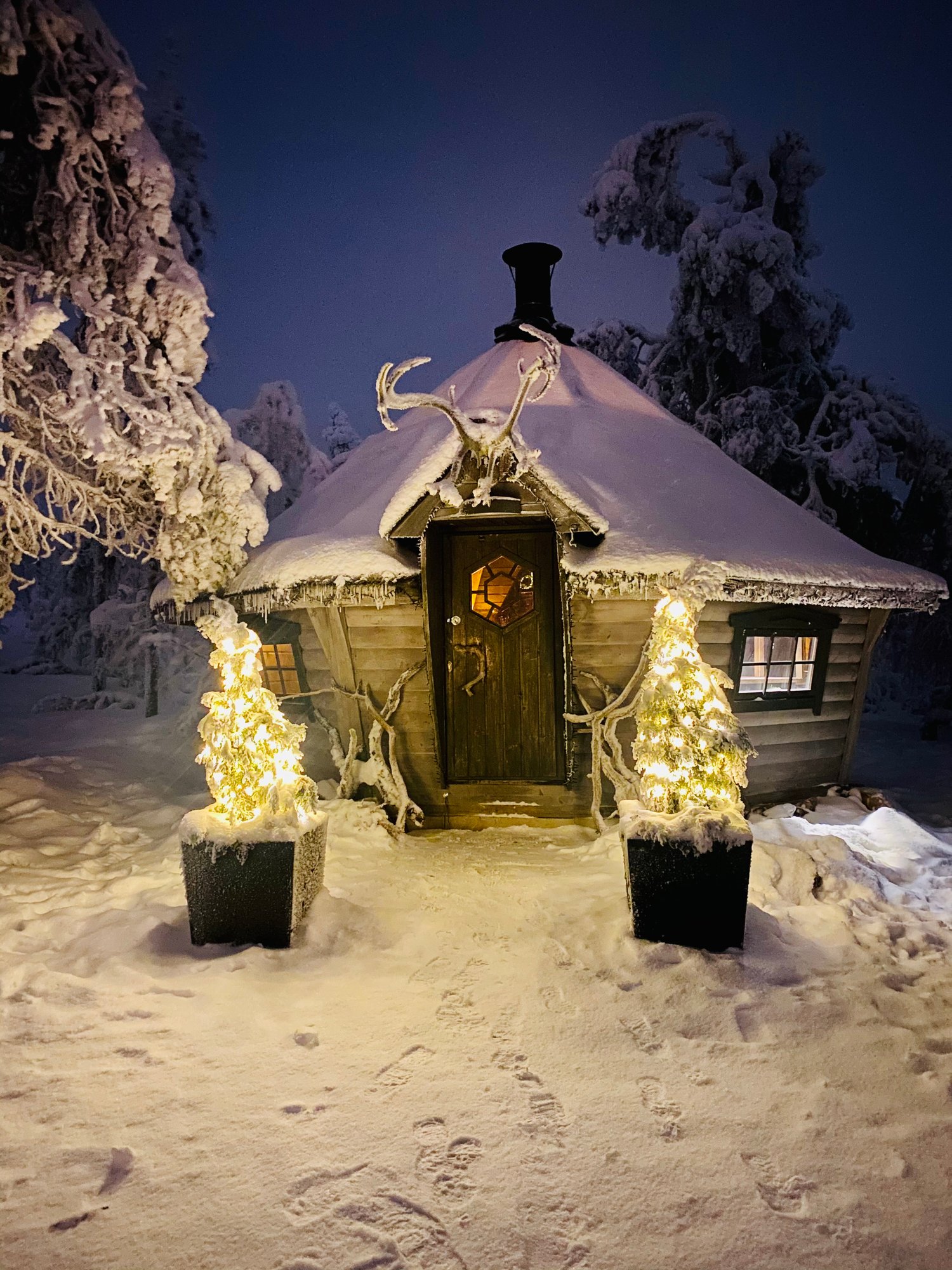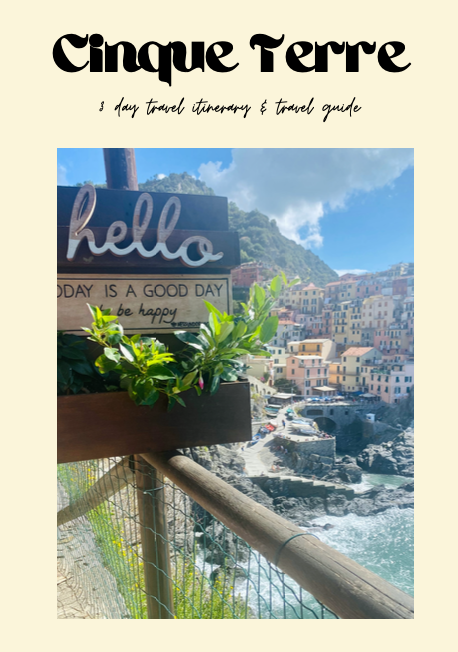
About Me
Hi there!
I'm Kim, a passionate traveler who loves combining adventure, travel, and a good physical challenge. My ideal trips are the ones that push me outside my comfort zone—whether that’s multi-day mountain hikes, remote destinations, or immersing myself in nature.
Born and raised in the beautiful island of Malta, I’m an island girl through and through. The laid-back vibe and stunning landscapes of island life are in my blood. But no matter where I go, I always find myself seeking out those unique, off-the-beaten-path spots.
Though I work a full-time job, I’m constantly on the lookout for my next adventure. I try to travel as often as possible, and I love finding the best deals, hidden gems, and the most unique experiences. I’m not afraid of camping out under the stars in a remote location (there’s something magical about that), but I also love splurging on a one-of-a-kind stay every now and then to add a touch of luxury to my journeys.
On my blog, I’m all about sharing honest, in-depth experiences—whether it’s what I loved, what didn’t quite meet expectations, or whether the price was truly worth it. I’m not here to gatekeep, but to help you plan your perfect getaway with all the info you need. After all, the more you know before you go, the better your trip will be!
Happy Travels! x



